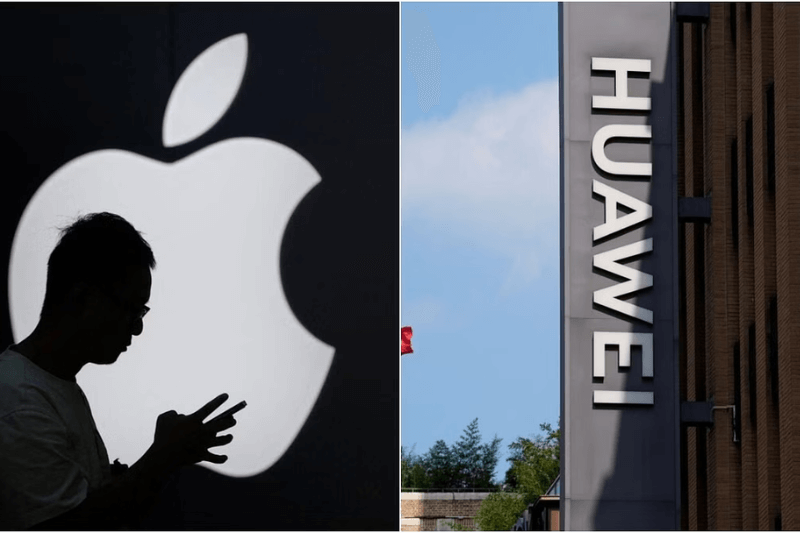
Apple vs. Huawei: Shifting Tides of the Chinese Smartphone Market
The recent reports indicating a decline in iPhone sales in China alongside Huawei’s impressive surge have sparked significant interest and scrutiny in the tech industry. Let’s delve deeper into the factors contributing to this shift and explore the implications for Apple and Huawei in the Chinese smartphone market.
Understanding the Numbers
According to research firm Counterpoint, Apple experienced a substantial 24% decrease in iPhone sales during the first six weeks of 2024 compared to the previous year. In contrast, Huawei witnessed a remarkable 64% increase in sales within its home market during the same period. These contrasting figures highlight the evolving dynamics of the Chinese smartphone landscape.
Factors Driving Huawei’s Success
Huawei’s resurgence in the Chinese market can be attributed to several key factors. Despite facing US sanctions, Huawei strategically positioned itself by launching its Mate 60 series of 5G smartphones in August. This move proved to be a game-changer, propelling Huawei to the forefront of 5G technology adoption in China. Additionally, the spin-off of its smartphone brand, Honor, further bolstered Huawei’s presence and contributed to its impressive sales growth.
Challenges Faced by Apple
Apple’s decline in iPhone sales can be attributed to intensified competition from local rivals, particularly in the mid-range segment. With aggressive pricing strategies from competitors like Oppo, Vivo, and Xiaomi, Apple found itself squeezed in the middle, struggling to maintain its market share amidst fierce competition. Moreover, the overall contraction of the Chinese smartphone market by 7% added to Apple’s challenges in sustaining its sales figures.
Implications for Apple and Huawei
The decline in iPhone sales poses significant challenges for Apple, especially considering China’s status as one of its largest markets. With Huawei’s resurgence and the emergence of other local players, Apple faces heightened pressure to innovate and differentiate its offerings to regain lost ground. Conversely, Huawei’s strong performance underscores its resilience and ability to navigate challenging market conditions, positioning the company for continued growth and success.
Keep Reading
Market Share Dynamics
Counterpoint’s report also sheds light on the shifting market share dynamics in China’s smartphone landscape. Apple’s share of the market dropped to 15.7% from 19% last year, relegating it to the fourth position. Meanwhile, Huawei ascended to the second spot, with its market share increasing to 16.5% from 9.4% in the previous year. These developments highlight the intensifying competition and evolving preferences among Chinese consumers.
In response to dwindling sales, Apple has initiated measures to stimulate demand in China. This includes offering discounts on its official sites and subsidizing certain iPhone models through flagship stores on Alibaba’s Tmall platform. These efforts underscore Apple’s commitment to regaining its foothold in the Chinese market and mitigating the impact of declining sales on its revenue.
The contrasting trajectories of Apple and Huawei in the Chinese smartphone market reflect the dynamic nature of the industry. While Apple grapples with declining sales and intensified competition, Huawei’s resurgence underscores its resilience and adaptability. As both companies navigate the evolving landscape, strategic innovation and market positioning will be crucial in determining their future success.




